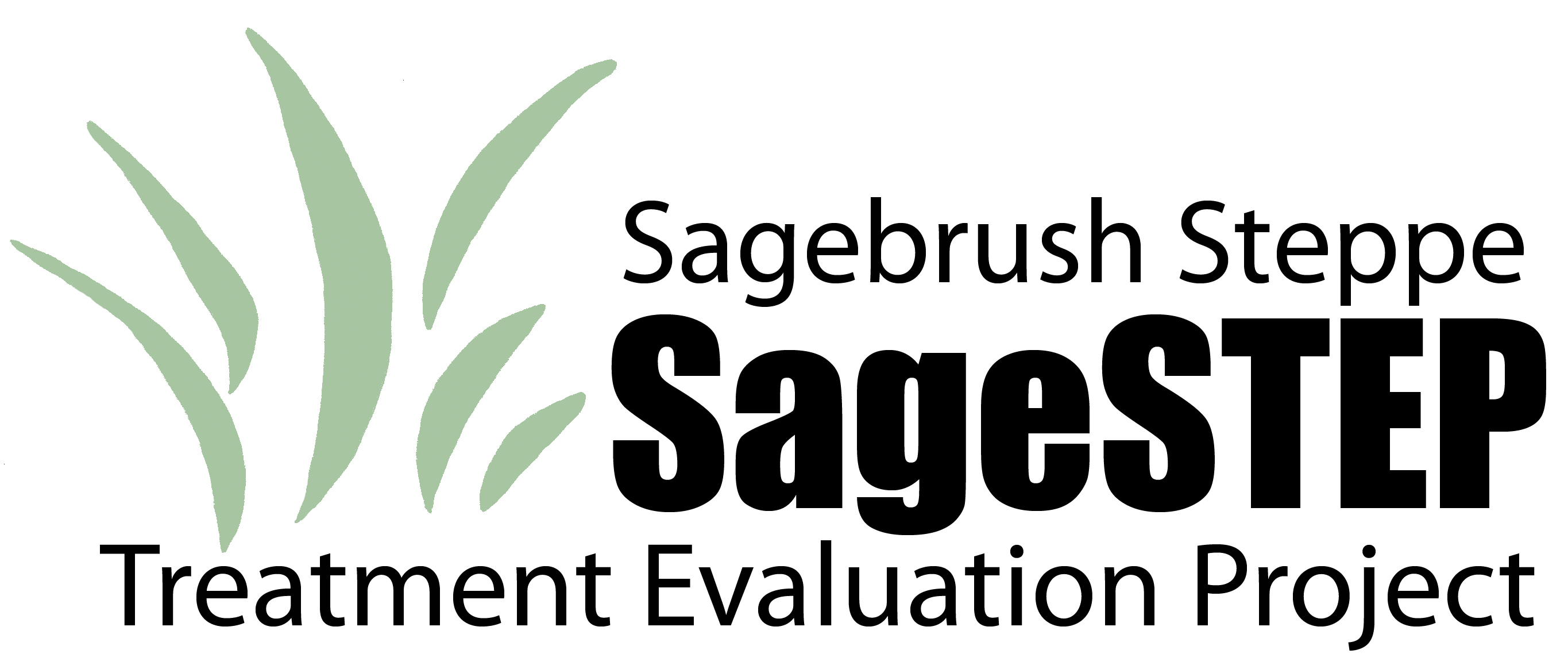Document Type
Article
Journal/Book Title/Conference
Journal of Arid Environments
Volume
88
Publisher
Academic Press
Publication Date
10-15-2012
First Page
1
Last Page
25
Creative Commons License

This work is licensed under a Creative Commons Attribution-Noncommercial-No Derivative Works 4.0 License.
Abstract
The quantity, composition, and spatial dispersion of seed banks can greatly affect community dynamics. While seed banks of hot deserts have been studied extensively, little is known about seed banks in cold deserts, in particular the relationship between the seed bank and the aboveground vegetation. We investigated the relationship between the seed bank and aboveground vegetation and the effect of microhabitat (shrub interspace or beneath shrub) and aboveground community phase (high or low perennial bunchgrass cover) on the seed bank of a Great Basin Desert sagebrush community. The seed bank and aboveground vegetation differed in their most dominant species, resulting in moderately dissimilar species compositions as determined by Sørensen's similarity index and Bray–Curtis distance. In contrast, comparing the seed bank species composition to the aboveground vegetation structure (functional groups) using non-metric multidimensional scaling (NMDS) revealed a correspondence between the two communities. Shrub seed densities were higher beneath shrubs. Neither microhabitat nor community phase explained variation in total seed density or species richness. Therefore, our measures of the aboveground vegetation did not influence seed density across functional groups or species richness, and the similarity between the seed bank and aboveground vegetation varied depending on the aboveground organizational level used in comparisons.
Recommended Citation
Pekas, K., and E.W. Schupp. 2013. Influence of aboveground vegetation on seed bank composition and distribution in a Great Basin sagebrush community. Journal of Arid Environments, 88: 113-120.



